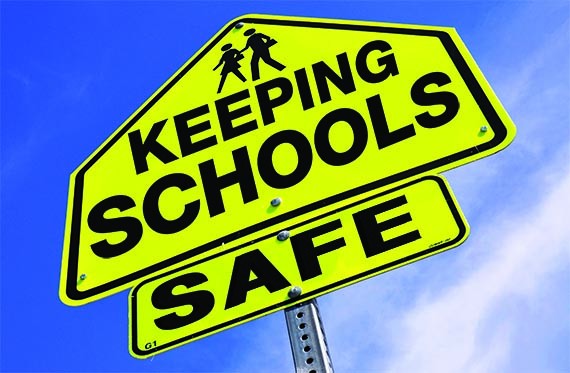In an era marked by tragic headlines of school shootings and safety concerns, the question of whether schools are more dangerous than the perceived safety of home has become a topic of heated debate. While high-profile incidents of violence understandably evoke fear and concern, it is essential to examine the evidence and context surrounding school safety to gain a comprehensive understanding of the issue.
In this article, we delve into the data and considerations surrounding school safety to provide a nuanced perspective on this complex topic.
First and foremost, it is crucial to acknowledge that school shootings, while devastating, remain rare events in the broader context of school safety. According to data from the National Center for Education Statistics, the number of school-associated violent deaths has remained relatively low over the past few decades, with an average of less than 30 such deaths per year in the United States. While any loss of life is tragic, it is essential to recognize that the vast majority of schools remain safe environments for students, staff, and faculty.
Moreover, research suggests that schools are often safer than other environments where young people spend their time. A study published in the Journal of Pediatrics found that adolescents are at a significantly higher risk of experiencing violence in their homes, neighborhoods, and communities compared to schools. Factors such as exposure to domestic violence, gang activity, and substance abuse can contribute to elevated risks outside the school setting. Additionally, schools typically have safety protocols, security measures, and trained personnel in place to mitigate potential threats and respond to emergencies.
Furthermore, the perception of school safety may be influenced by media coverage and public discourse, which tend to focus on high-profile incidents and sensationalized narratives. While school shootings understandably garner significant attention, they represent only one aspect of the broader landscape of school safety. It is essential to consider a range of factors, including bullying, mental health support, and social-emotional learning initiatives, when assessing the overall safety and well-being of students in schools.
That being said, it is crucial to acknowledge the legitimate concerns and fears that students, parents, and educators may have about school safety. Even isolated incidents of violence can have a profound and lasting impact on individuals and communities, contributing to feelings of insecurity and vulnerability. Addressing these concerns requires a multifaceted approach that prioritizes prevention, intervention, and support services for students and families.
In conclusion, the question of whether schools are more dangerous than staying at home is a complex and multifaceted issue that defies easy answers. While school shootings and violence understandably evoke fear and concern, it is essential to contextualize these events within the broader landscape of school safety. By examining the evidence and considering factors such as risk factors, protective measures, and community support, we can work towards creating safer and more supportive environments for all students, both inside and outside the classroom.






